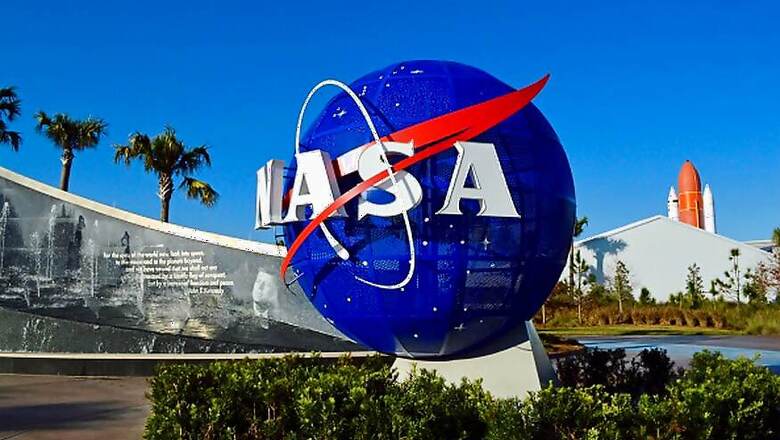
views
To push its search for life in alien terrains, NASA has developed a new spectroscopy instrument designed to detect compounds and minerals associated with biological activity more quickly and with greater sensitivity than previous instruments. Although no evidence of life outside of Earth has yet been found, looking for evidence of present or past life on other planets continues to be an important part of the NASA Planetary Exploration Programme.
The new system, detailed in the journal Applied Optics, improves on an analytical technique known as micro Raman spectroscopy. This technique uses the interaction between laser light and a sample to provide chemical composition information on a microscopic scale. It can detect organic compounds such as the amino acids found in living things and identify minerals formed by biochemical processes on Earth that might indicate life on other planets, the study said.
"Our instrument is one of the most advanced Raman spectrometers ever developed," said M Nurul Abedin of NASA Langley Research Center who led the research team. "It overcomes some of the key limitations of traditional micro Raman instruments and is designed to serve as an ideal instrument for future missions that use rovers or landers to explore the surface of Mars or Jupiter's icy Europa moon," Abedin said.
The new system, called the standoff ultra-compact micro Raman (SUCR) instrument, was developed by NASA in collaboration with the University of Hawaii. Size and weight were important to consider when designing the SUCR instrument for space exploration. "We had to make sure the instrument was very small and light so that it could travel aboard a small, fuel-efficient spaceship that would make the nine-month journey to Mars or the six-year journey to Europa," said Abedin.
"The instrument must also work with other instruments aboard a rover or lander and be unaffected by the harsh radiation conditions found on other planets," Abedin said.
Watch: Tech and Auto Show | Ep 24 | Honor 7X, TVS Apache RR 310, Volvo XC60 & More




















Comments
0 comment